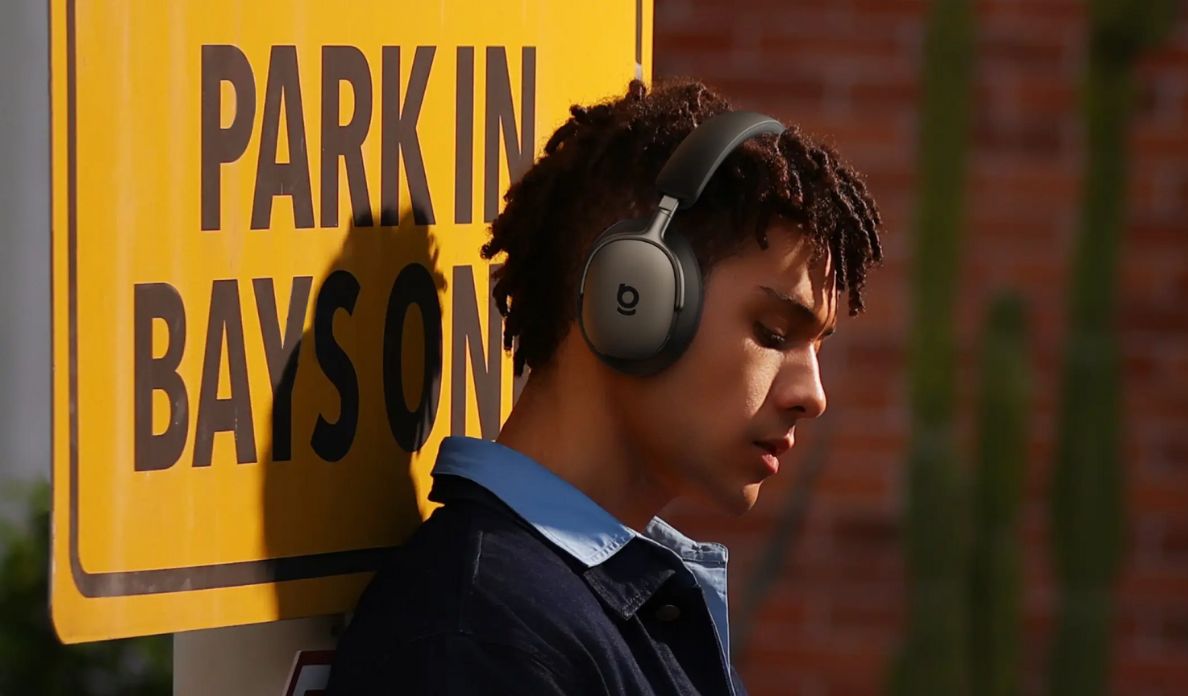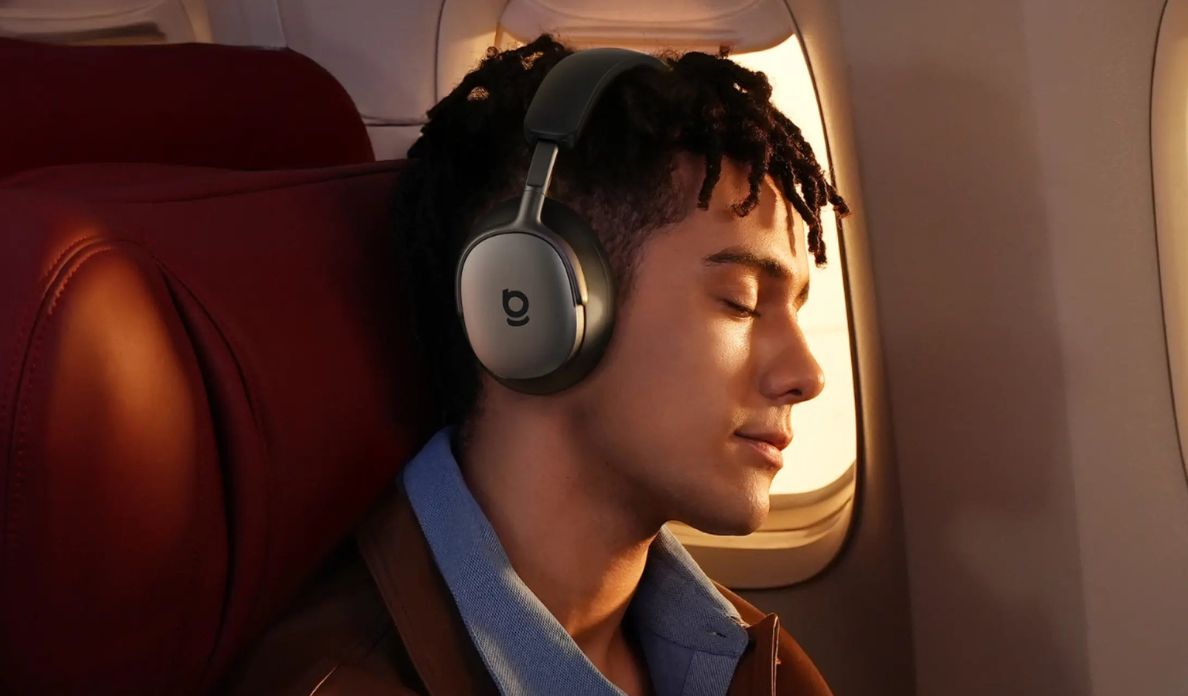You love music. It is the soundtrack to your life. But what if I told you that you might be missing out on the full picture, hearing only a sketch of the masterpiece the artist created in the studio?
This is where the conversation about what is Hi Res Audio begins.
It is a term you have probably seen popping up more and more, often mentioned by audiophiles and premium streaming services. But it is not just marketing jargon. High Resolution Audio, or Hi Res Audio, is about getting closer to the music. It is about hearing every detail, every nuance, every breath the artist took. It is about experiencing sound exactly as it was recorded.
Forget what you know about standard MP3s. We are about to dive into the world of pure, uncompromised sound.
So, Really, What is Hi-Res Audio?
To understand Hi Res Audio, we first need to talk about digital music. When music is recorded in a studio, it is captured in an analog format. To get it onto your phone or computer, it has to be converted into a digital file. In this conversion process, some of the original audio information is often discarded to make the file smaller. This is called "lossy" compression.
Think of it like a low resolution photo. You can still tell what the picture is, but a lot of the fine detail is gone. The most common lossy format is the MP3. It is convenient, but it is a compromise.
Hi Res Audio, on the other hand, is all about preserving that original detail. It uses "lossless" formats that are either uncompressed or use compression that does not throw away any of the original data. It is the equivalent of a massive, high resolution photograph. The files are much larger, but the quality is exponentially better. It is officially defined as any audio file with a higher sampling frequency and bit depth than a CD, which is 16 bit/44.1kHz.
The Technical Bits Made Simple: Sample Rate and Bit Depth
Okay, let's briefly touch on the numbers without getting too technical. You will often see Hi Res files described with terms like 24 bit/96kHz or 24 bit/192kHz. These refer to two key measurements.
-
Sample Rate (kHz): This is how many times per second the audio is "sampled" or measured during the analog to digital conversion. A higher sample rate captures a wider range of frequencies, resulting in a more accurate and detailed soundwave. CD quality is 44.1kHz, while Hi Res starts at 96kHz and can go much higher.
-
Bit Depth (bit): This determines the dynamic range, which is the difference between the quietest and loudest sounds. A higher bit depth provides more potential volume levels, creating a more nuanced and less noisy recording. CD is 16 bit, while Hi Res Audio is typically 24 bit.
The bottom line? More bits and a higher sample rate mean the digital file is a much more faithful replica of the original studio master recording.
Lossless Audio vs. Hi-Res Audio: Are They the Same?
This is a common point of confusion. The terms are related but not interchangeable.
Lossless audio refers to the compression method. A file in a format like FLAC or ALAC is lossless, meaning no data is lost. A CD is technically lossless audio at 16 bit/44.1kHz.
Hi Res Audio refers to the quality of that lossless file. A file is only considered Hi Res if its sample rate and bit depth are higher than CD quality.
So, all Hi Res Audio is lossless, but not all lossless audio is Hi Res. Think of it as the difference between a high quality print and the original high resolution photograph.
How to Listen to Hi-Res Audio: Getting Your Gear Ready
Ready to experience this superior sound for yourself? You will need a few things to complete the audio chain.
The Source: Hi-Res Music Files and Streaming
First, you need the music itself. You can purchase and download Hi Res tracks from online stores like HDtracks or Qobuz. Alternatively, several high fidelity streaming services now offer Hi Res tiers. Hi Res audio streaming services like TIDAL, Amazon Music HD, and Apple Music (with their Apple Digital Masters) provide vast libraries of music in stunning quality.
The DAC: Your Digital to Analog Converter
A DAC is a crucial piece of the puzzle. It takes the digital ones and zeros from your music file and converts them back into an analog signal that your headphones or speakers can play. While your phone and laptop have built in DACs, they are usually not designed to handle the complexity of Hi Res files. An external DAC can make a world of difference in sound quality.
Hi-Res Audio Headphones and Speakers
Finally, you need a great pair of headphones or speakers to actually hear the difference. You would not watch a 4K movie on a tiny, blurry screen, right? The same logic applies here. You need headphones that can accurately reproduce the extended frequency range and dynamic detail of a Hi Res track.
Look for headphones that are certified for Hi Res Audio. These models have been tested to meet the standards set by the Japan Audio Society. A premium pair like the Baseus Inspire XH1 Wireless Noise Cancelling Headphones is engineered to reveal every layer of your music, making them a perfect match for a high resolution source.
Is It Worth It? The Listening Experience
The difference is palpable. With Hi Res Audio, you will notice things in your favorite songs you have never heard before. The crispness of a cymbal crash, the subtle resonance of a bass guitar string, the space and separation between instruments. The soundstage feels wider and more three dimensional. It is a cleaner, richer, and more engaging way to listen to music, bringing you closer to the artist's original vision. For a deeper technical dive into the standards, you can check out the official information from the Japan Audio Society.
Conclusion: Rediscover Your Music
Making the jump to Hi Res Audio is like cleaning a dirty window you did not even realize was there. Suddenly, everything is clearer, more vibrant, and more detailed. It transforms listening from a passive activity into an active, immersive experience. For anyone who truly loves music, it is an upgrade that is absolutely worth exploring.
Ready to hear music the way it was meant to be heard? Discover the gear that can unlock a new world of sound by exploring our Baseus Inspire Series collection.
FAQs
Does MP4 support Hi-Res Audio?
No, MP4 is a video container format that typically uses lossy audio compression codecs like AAC (Advanced Audio Coding). While AAC is very efficient and can sound great at high bitrates, it is fundamentally a lossy format and does not meet the standards for true Hi Res Audio, which requires a lossless format.
Do I need special headphones for Hi-Res Audio?
While any headphones will play a Hi Res file, you will need a good quality pair to actually hear the benefits. Headphones that are certified for Hi Res Audio are designed with drivers that can reproduce a wider range of frequencies, allowing you to perceive the extra detail and nuance present in the high resolution recording.
What is the difference between lossless and Hi-Res?
Lossless refers to the file compression; it means no audio data is lost. Hi Res refers to the quality of the audio itself, specifically that it has a higher sample rate and bit depth than a CD (16 bit/44.1kHz). So, a CD is lossless, but it is not Hi Res. A 24 bit/96kHz file is both lossless and Hi Res.
Does Spotify stream Hi-Res Audio?
As of late 2025, Spotify has not yet launched its "Spotify HiFi" tier, which is expected to offer lossless, CD quality audio. It is not expected to be true Hi Res Audio at launch. For Hi Res streaming, you would need to use services like TIDAL, Qobuz, or Amazon Music HD.
 United States/English
United States/English






